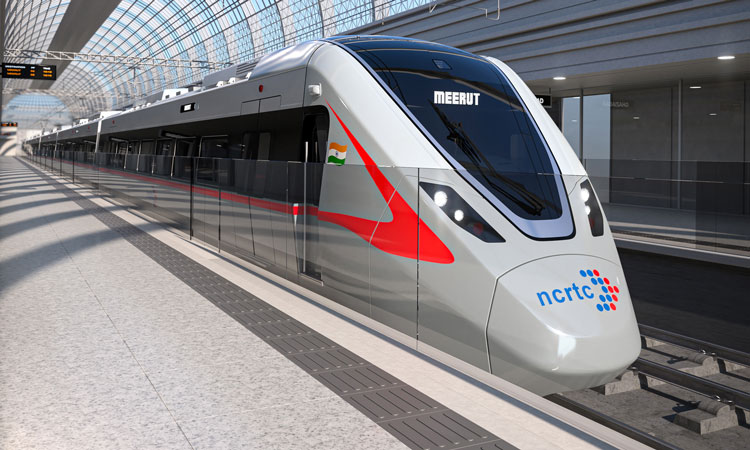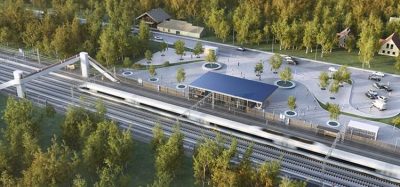India’s first semi-high-speed RRTS corridor project seeks O&M partner
Posted: 23 June 2021 | Global Railway Review | No comments yet
India’s National Capital Region Transport Corporation (NCRTC) is in the process of engaging a private partner for the Operations & Management of the Delhi-Ghaziabad-Meerut semi-high-speed rail corridor.


NCRTC's modern RRTS trains designed locally in India by Bombardier's engineers and designers. Credit: Bombardier Transport
The National Capital Region Transport Corporation (NCRTC) is mandated to implement India’s first Regional Rapid Transit System (RRTS) project in the National Capital Region of India.
The RRTS, is a rail-based semi-high speed (design speed 180km/h), high-frequency commuter transit system, which aims to improve the quality of life of people by providing an equitable, fast, reliable, safe comfortable, efficient and sustainable mobility solution enabling economic development of the National Capital Region (NCR) and address issues of pollution and congestion.
This fast and safe mobility system will not only improve regional connectivity but also help promote balanced and sustainable urban development across NCR.
The NCRTC is now in the process of engaging a private partner for the Operations & Management of this ambitious project.
The proposed operator will be responsible for comprehensive Operations & Maintenance and station management. The opportunity has been structured as a direct O&M contract based on gross-cost bidding with no ridership risk for the operator.
The Delhi-Ghaziabad-Meerut RRTS Corridor (82km and 25 stations) is the first of the three prioritised corridors being implemented in first phase of the RRTS. The construction of the infrastructure of this corridor is progressing fast. With the other two corridors (Delhi–Gurugram–SNB–Alwar & Delhi–Panipat RRTS Corridors) in the advanced stage of planning, the O&M opportunity would include the right of first refusal for O&M of these corridors.
Related topics
High-Speed Rail, Infrastructure Developments, Route Development, Station Developments







